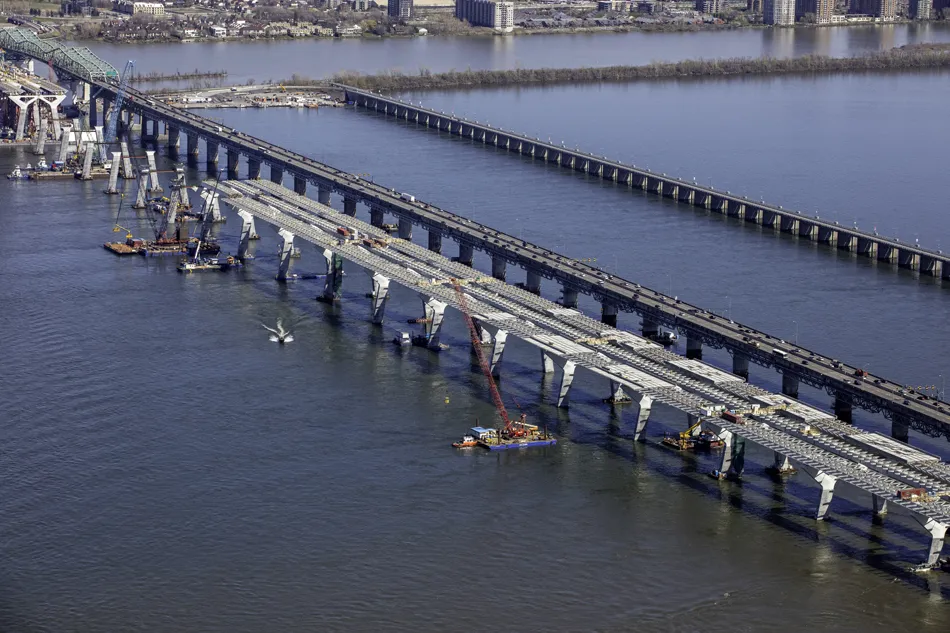The capital planning for the major expansion and upgrading of Hanoi-Can Tho expressway in Vietnam is being considered ahead of a National Assembly evaluation for bond financing. The Ministry of Transport (MoT) has made a proposal for the prime minister to seek the National Assembly's permission to issue government bonds to handle the project. Last month, the MoT presented Document 2738/BGTVT-KHDT to the prime minister to seek capital resources for 17 road sections under the project. The government bonds wil
April 30, 2013
Read time: 2 mins
The capital planning for the major expansion and upgrading of Hanoi-Can Tho expressway in Vietnam is being considered ahead of a National Assembly evaluation for bond financing.
The Ministry of Transport (MoT) has made a proposal for the prime minister to seek the National Assembly's permission to issue government bonds to handle the project. Last month, the MoT presented Document 2738/BGTVT-KHDT to the prime minister to seek capital resources for 17 road sections under the project. The government bonds will help offset the capital for the project. The Hanoi-Can Tho expressway will stretch as long as 1,887km.
The whole route under the Hanoi-Can Tho section would comprise 37 projects, including 17 build-operate-transfer (BOT) projects that stretch 562km, with US$2.04 billion (VND 42.50tn) in investment; 17 projects that source government bond capital, measuring 678km with VND 47.843tn in total investment; and two projects funded by state budget capital, stretching 60km with an investment of VND 3.387tn.
A bypass will be built and a road expansion that stretches more than 627km will be due for completion in 2013, while the project to expand the remaining 1,038km and road surface enforcement will be due for completion before end-2016.
The Ministry of Transport (MoT) has made a proposal for the prime minister to seek the National Assembly's permission to issue government bonds to handle the project. Last month, the MoT presented Document 2738/BGTVT-KHDT to the prime minister to seek capital resources for 17 road sections under the project. The government bonds will help offset the capital for the project. The Hanoi-Can Tho expressway will stretch as long as 1,887km.
The whole route under the Hanoi-Can Tho section would comprise 37 projects, including 17 build-operate-transfer (BOT) projects that stretch 562km, with US$2.04 billion (VND 42.50tn) in investment; 17 projects that source government bond capital, measuring 678km with VND 47.843tn in total investment; and two projects funded by state budget capital, stretching 60km with an investment of VND 3.387tn.
A bypass will be built and a road expansion that stretches more than 627km will be due for completion in 2013, while the project to expand the remaining 1,038km and road surface enforcement will be due for completion before end-2016.







